New Berlin memorial revives memories of doctors’ role in Nazi holocaust
Officials gathered in Berlin this week to lay the foundations for a monument to the people killed as part of the Nazi ‘euthanasia’ programs.
The symbolic site at Tiergartenstrasse 4 (pictured) was chosen as it was the headquarters of the original project.
The planned exhibit will be dedicated to the victims of the ‘euthanasia’ program, codenamed ‘T4’, used by the Nazis to kill those with physical or mental illnesses.
It will be situated not far from a memorial to the six million Jewish victims of the Holocaust opened in 2005 and a memorial to the half a million Roma victims of the Nazis opened in 2012.
Between January 1940 and August 1941 about 70,000 people were killed under the T4 programme. Many were sent to gas chambers, others were killed by lethal injection.
The programme was ostensibly shut down in 1941, partly after church protests, but it continued in secret. Historians estimate that between 200,000 and 300,000 people who were either psychotherapy patients or physically disabled were killed altogether.
The planned monument will be a long, blue glass wall – designed by the architects Ursula Wilms and Heinz W. Hallman, along with the artist Nikolaus Koliusis and the federal government plans to contribute 500,000 euros ($643,200) to the costs.
The finished site is tentatively scheduled for inauguration in the second half of 2014.
Many still fail to appreciate the role of doctors in the Nazi holocaust but what ended in the 1940s in the gas chambers of Auschwitz, Dachau and Treblinka had much more humble beginnings in the 1930s in nursing homes, geriatric hospitals and psychiatric institutions all over Germany.
When the Nazis arrived, the medical profession was ready and waiting.
The medical and other healthcare staff from T4 and the early killing centres based in hospitals were later redeployed for the killing of Jews, Gypsies, Poles, Russians and disloyal Germans. By 1943 there were 24 main death camps (and 350 smaller ones) in operation.
Throughout this process doctors were involved from the earliest stage in reporting, selection, authorisation, execution, certification and research. They were not ordered, but rather empowered to participate.
Leo Alexander , a psychiatrist with the Office of the Chief of Counsel for War Crimes at Nuremberg, described the process in his classic article ‘Medical Science under Dictatorship’ which was published in the New England Medical Journal in July 1949:
‘The beginnings at first were merely a subtle shift in emphasis in the basic attitude of the physicians. It started with the attitude, basic in the euthanasia movement that there is such a thing as a life not worthy to be lived. This attitude in its early stages concerned itself merely with the severely and chronically sick. Gradually the sphere of those to be included in this category was enlarged to encompass the socially unproductive, the ideologically unwanted, the racially unwanted and finally all non-Germans.’
The War Crimes Tribunal reported that ‘part of the medical profession co-operated consciously and even willingly’ with the ‘mass killing of sick Germans’.
With the advantage of hindsight we are understandably amazed that the German people and especially the German medical profession were fooled into accepting it. The judgement of the War Crimes Tribunal in 1949 as to how they were fooled was as follows.
‘Had the profession taken a strong stand against the mass killing of sick Germans before the war, it is conceivable that the entire idea and technique of death factories for genocide would not have materialized…but far from opposing the Nazi state militantly, part of the medical profession co-operated consciously and even willingly, while the remainder acquiesced in silence. Therefore our regretful but inevitable judgement must be that the responsibility for the inhumane perpetrations of Dr Brandt (pictured left)…and others, rests in large measure upon the bulk of the medical profession; because the profession without vigorous protest, permitted itself to be ruled by such men.’ (War Crimes Tribunal. ‘Doctors of Infamy’. 1948)
Britain’s Black Triangle Campaign, which was set up to combat discrimination against disabled people, uses as its symbol the ‘black triangle’ which the Nazis forced people with mental and other disabilities to wear in the extermination camps during the Holocaust.
The generic classification they used was ‘arbeitsscheu’ – literally ‘workshy’.
The lessons are clear. The holocaust had small beginnings and advanced in a series of imperceptibly small steps. The medical profession accepted its basic premises (that there is such a thing as ‘a life not worth living’ and that killing such people was ‘an act of mercy’) and failed to protest whilst a small section of its members actively acquiesced to involvement.
Posted by Dr Peter Saunders
CMF Chief Executive
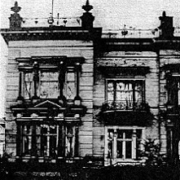
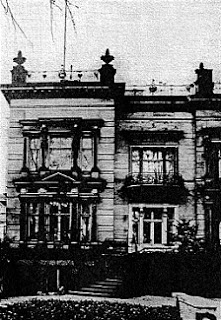


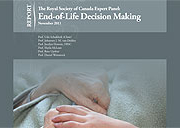
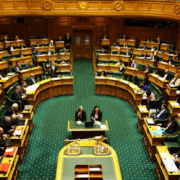
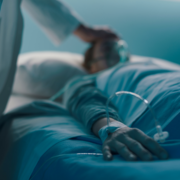

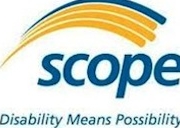
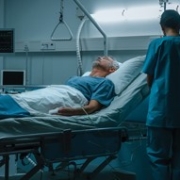


Leave a Reply
Want to join the discussion?Feel free to contribute!